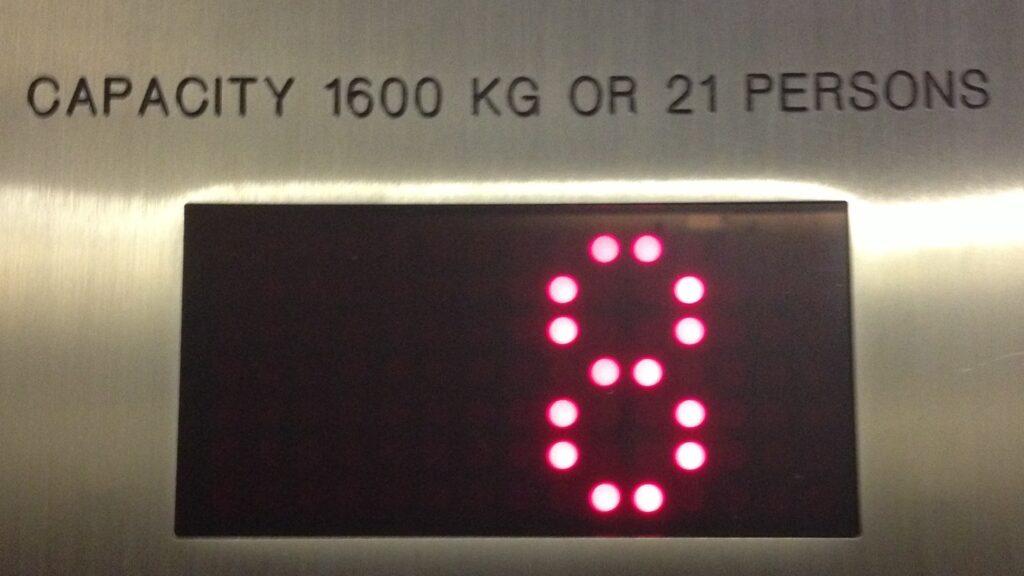Elevators are engineered with specific load capacities and weight limits, which are crucial for ensuring safe and efficient operation. Understanding these limits is vital for building owners, facility managers, and users alike. Here’s a breakdown of what you need to know about elevator load capacity and why it matters.
- What is Load Capacity?
- Load capacity refers to the maximum weight an elevator can safely carry at one time. This includes the combined weight of passengers, equipment, and any additional cargo. Load capacities vary depending on the type and design of the elevator, ranging from a few hundred pounds in residential models to several thousand in commercial or freight elevators.
- Importance of Adhering to Weight Limits
- Exceeding the specified weight limit can lead to serious safety hazards, including equipment failure, mechanical strain, and potential accidents. It’s essential to respect these limits to prevent overloading, which could compromise the elevator’s integrity and safety features.
- Factors Influencing Load Capacity: Several factors can affect an elevator’s load capacity, including:
- Design Specifications: Elevators are designed with specific load capacities based on their intended use—residential, commercial, or freight.
- Regulations and Standards: Compliance with local and international safety regulations ensures that elevators are built and maintained to handle their designated loads.
- Elevator Size and Configuration**: The physical dimensions of the elevator cab and the materials used in its construction also play a significant role in determining load capacity.
- How to Determine Your Elevator’s Load Capacity
- Building owners and facility managers should consult the elevator’s technical specifications, usually found in the user manual or documentation provided by the manufacturer. It’s also advisable to conduct regular inspections and maintenance checks to ensure that the elevator operates within its weight limits.
- Educating Users on Load Limits
- Educating passengers about the importance of adhering to weight limits is essential for maintaining safety. Signage indicating the maximum load capacity should be clearly displayed inside the elevator, and staff should be trained to guide users, particularly in environments like hospitals or commercial buildings where heavy equipment may be transported.
The Role of IntelMotion Lifts in Ensuring Safety
At IntelMotion Lifts, we prioritize safety and reliability in all our elevator solutions. Our elevators are designed with clear load capacity indicators and adhere to the highest industry standards. By understanding elevator load capacities and ensuring compliance with these limits, we can help create safer environments for all users.
For more information about our elevator systems and their specifications, please don’t hesitate to contact us. Let us assist you in ensuring the safety and efficiency of your vertical transportation systems.



